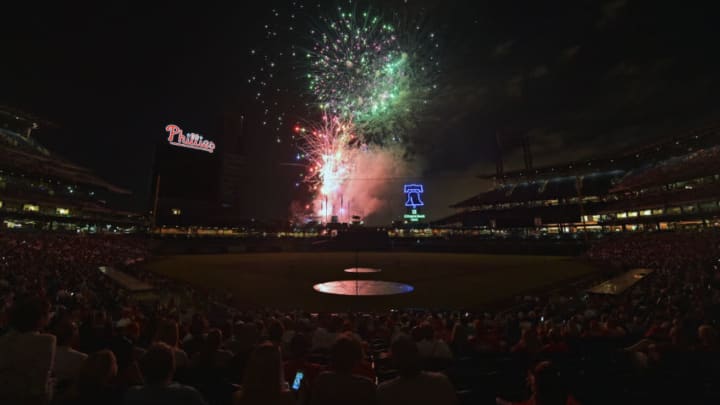
Of course, the Phillies faithful will not wait until Opening Day to voice their beliefs regarding the player who disappoints them the most, but will it be in March or April before they want to trade him?
Reflecting before tomorrow:
If the question is exceeding only a low bar, not many on the 25-man roster of the Philadelphia Phillies will be the villain. However, traits, personality and/or outside expectations can cloud a fan’s perception of a star.
"IN OTHER WORDS: “To be nobody but yourself in a world which is doing its best, night and day, to make you everybody else means to fight the hardest battle which any human being can fight; and never stop fighting.” – e. e. cummings"
Storytelling began in the early utterances of language and is still a significant component of life. But as it developed, heroes and villains emerged on the printed page.
Over time, movies went from the obvious culprit to the mystery rogue. But baseball is still the hero and the goat, yet sometimes one can be both simultaneously.
Generally speaking, the ace is the “All-Star caliber” pitcher heading the rotation, and the slugger or best hitter is the offensive icon. But the villain does something real or perceived to influence the locals: It could be over expectations leading to extreme criticism.
While the idol receives a pass for occasionally disappointing the faithful, the goat is their whipping boy. And he could be a hot dog, display overexuberant celebrations, or have defensive shortcomings to go with eye-popping power or speed.
In the 1950s, players had shorter careers ending in their early 30s after a few declining summers. And each league had eight franchises with no shortage of stars in the batter’s box or on the mound.
Toeing the rubber, Robin Roberts produced six consecutive seasons with 20 wins or more and five straight campaigns between a 2.59 ERA and a 3.02 ERA. In fact, he went 28-7 with a 2.59 ERA in 1952. And in those days victories mattered because starters had many complete games.
As for Richie Ashburn, he won two batting titles against extraordinary competition and hit over .300 in eight of his first 11 years. He was the consummate leadoff hitter at a time when it was a major weapon: stolen bases, bunts and other strategies to manufacture runs.
